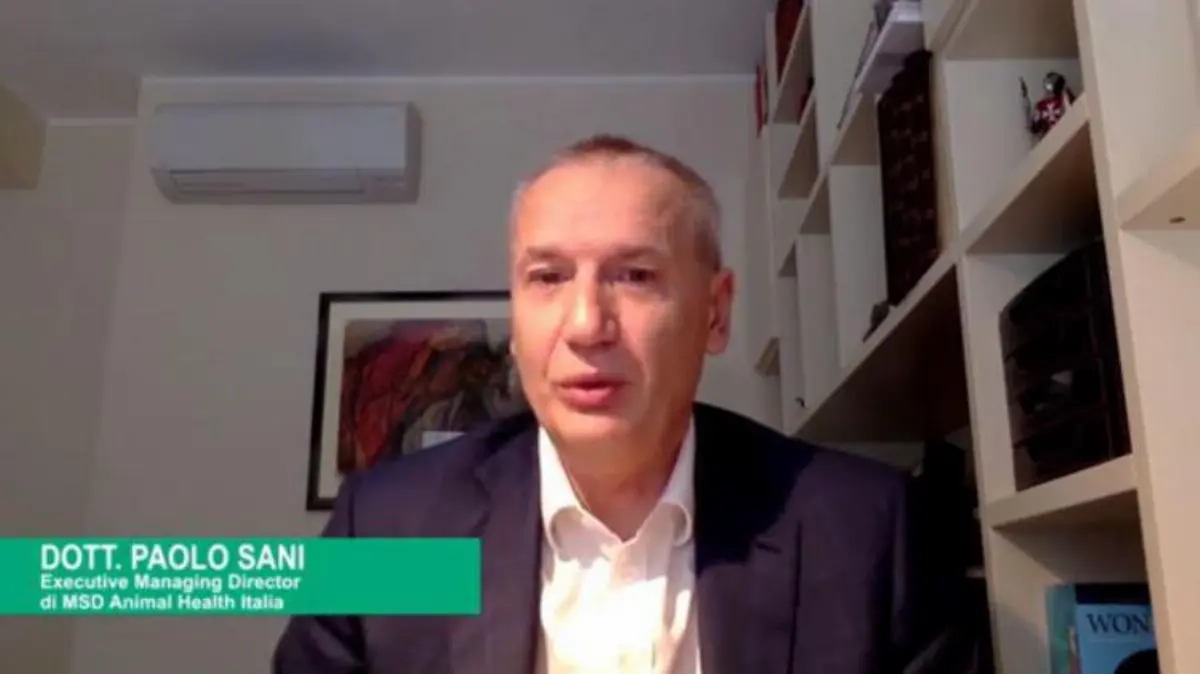
Do you want to access to this and other private contents?
Log in if you are a subscriber or click here to request service
Animal husbandry and the new CAP 2023-2027, between critical issues and opportunities
Interview with Paolo Sani, General Manager Italy Msd Animal Health

The Ministry of Agricultural, Food and Forestry Policies presented in Brussels the National Strategic Plan (Psn) for the implementation of the CAP 2023-2027 which puts in place a unitary strategy of our country on direct payments, common market organizations, rural development, Pnrr and that has put animal husbandry at the center. This was discussed at the round table "The new CAP 2023-2027 - future...
hef - 24038
EFA News - European Food Agency
EFA News - European Food Agency